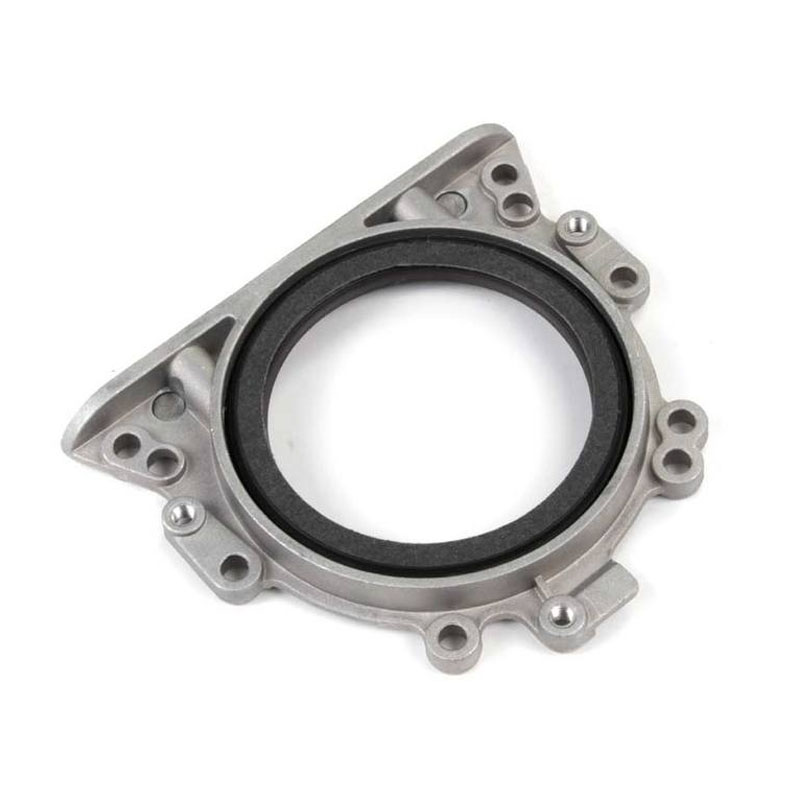Oil Seal Replacement for 4D56 Crankshaft - Key Maintenance Tips and Guidelines
Understanding the 4D56 Crankshaft Oil Seal Importance and Maintenance
The 4D56 engine, widely used in Mitsubishi vehicles, is known for its durability and reliability. One of the essential components that contribute to the engine's performance is the crankshaft oil seal. This article delves into the significance of the 4D56 crankshaft oil seal, its functionality, common issues, and maintenance tips.
What is a Crankshaft Oil Seal?
The crankshaft oil seal, also known as the rear main seal, is a critical component that prevents engine oil from leaking out of the crankcase. Situated at the rear of the crankshaft, the seal plays a pivotal role in maintaining oil pressure within the engine while protecting the internal components from dirt, debris, and contaminants.
Functionality of the 4D56 Crankshaft Oil Seal
In the 4D56 engine, the crankshaft oil seal serves several key functions
1. Preventing Oil Leakage The primary function of the oil seal is to create a tight barrier between the crankshaft and the engine casing, effectively preventing oil from leaking into the surrounding environment. This is crucial for maintaining optimal oil levels and ensuring that the engine operates smoothly.
2. Maintaining Engine Pressure By sealing the crankcase, the oil seal helps maintain proper oil pressure essential for lubricating moving parts. Adequate lubrication reduces friction and prevents wear and tear, ultimately extending the life of the engine.
3. Protecting Internal Components The seal acts as a defense mechanism against contaminants. By keeping external debris away from the crankcase, it protects vital components like bearings and pistons, which can be damaged by dirt and grime.
Common Issues with the 4D56 Crankshaft Oil Seal
Like any component, the crankshaft oil seal can experience wear and tear over time. Some common issues associated with the 4D56 crankshaft oil seal include
4d56 crankshaft oil seal

1. Oil Leakage One of the first signs of a failing oil seal is oil leakage. Drivers may notice oil spots under the vehicle or a drop in oil levels in the engine.
2. Cracking or Hardening Exposure to heat and engine vibrations can cause the rubber material of the seal to harden or crack. This deterioration reduces its effectiveness in preventing leaks.
3. Improper Installation If the oil seal is not installed correctly, it may lead to premature failure. Misalignment during installation can also cause uneven wear, leading to leaks.
Maintenance Tips for the 4D56 Crankshaft Oil Seal
To ensure the longevity of the 4D56 crankshaft oil seal and the engine's overall health, consider the following maintenance tips
1. Routine Inspections Regularly inspect for any signs of oil leakage. If you notice oil spots under your vehicle or a decrease in oil levels, it may be time to check the oil seal.
2. Proper Installation If you need to replace the oil seal, ensure it is installed correctly. Follow the manufacturer's guidelines and consider consulting a professional mechanic if you're unsure.
3. Engine Oil Quality Use high-quality engine oil that meets or exceeds the specifications for the 4D56 engine. This helps in maintaining optimal lubrication and reducing strain on the oil seal.
4. Address Engine Vibration Issues Excessive engine vibrations can prematurely wear the oil seal. Ensure that your engine mounts are in good condition and address any balance issues promptly.
Conclusion
The crankshaft oil seal of the 4D56 engine plays a vital role in preventing oil leaks, maintaining engine pressure, and protecting internal components. Understanding its functionality, potential issues, and proper maintenance can help ensure the engine's performance and longevity. Regular inspections and quality care will go a long way in keeping your Mitsubishi vehicle running smoothly for years to come.
-
Your Essential Guide to Car Repair Kits: From Rust to Dings
News Jun.13,2025
-
Understanding Vital Engine Seals: Key Gaskets in Diesel and Performance Engines
News Jun.13,2025
-
The Vital Role of Bearings in Marine and Boating Applications
News Jun.13,2025
-
Sealing the System: A Complete Guide to Engine Oil Gaskets
News Jun.13,2025
-
Sealing the Foundation: A Complete Guide to Engine and Transmission Pan Gaskets
News Jun.13,2025
-
Essential Bearings and Hubs for Marine Vessels and Trailers
News Jun.13,2025
-
Your Complete Guide to Automotive Oil Drain Plugs and Valves
News Jun.12,2025
Products categories















